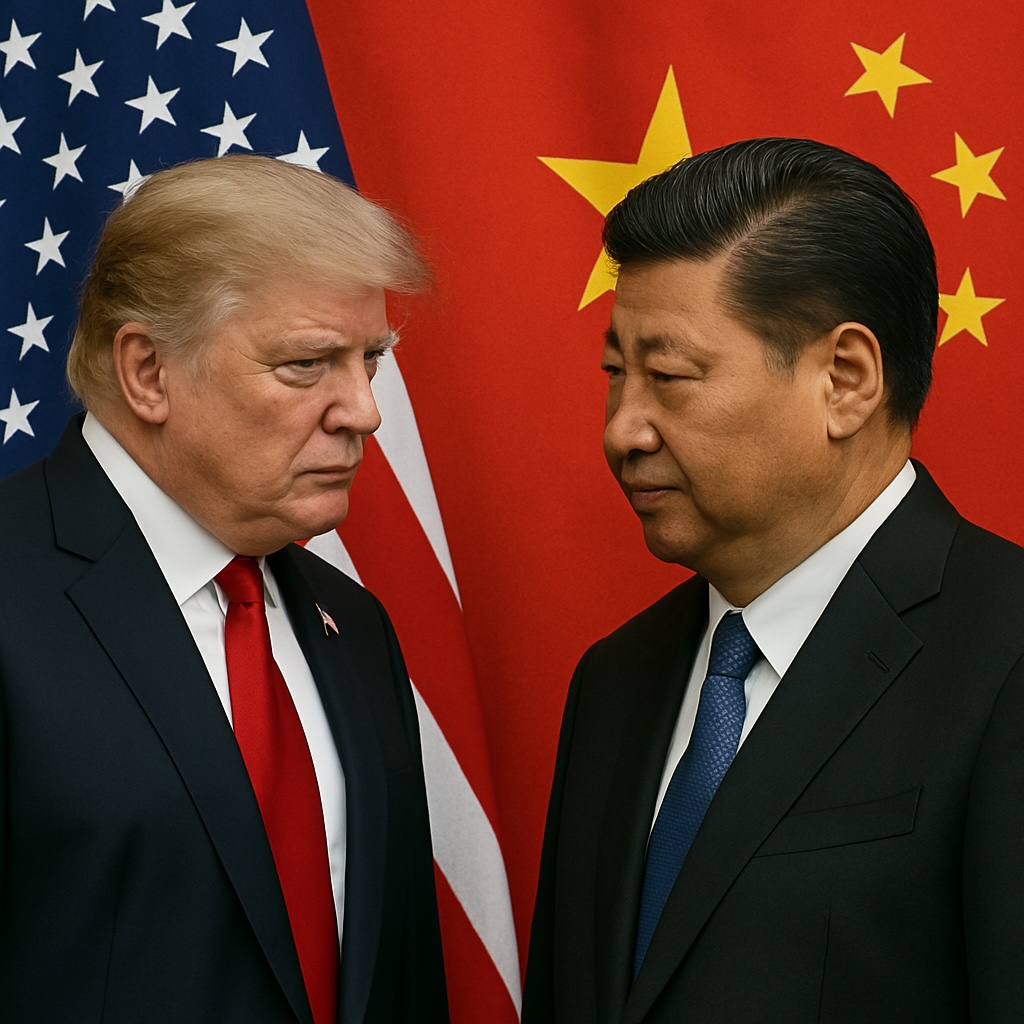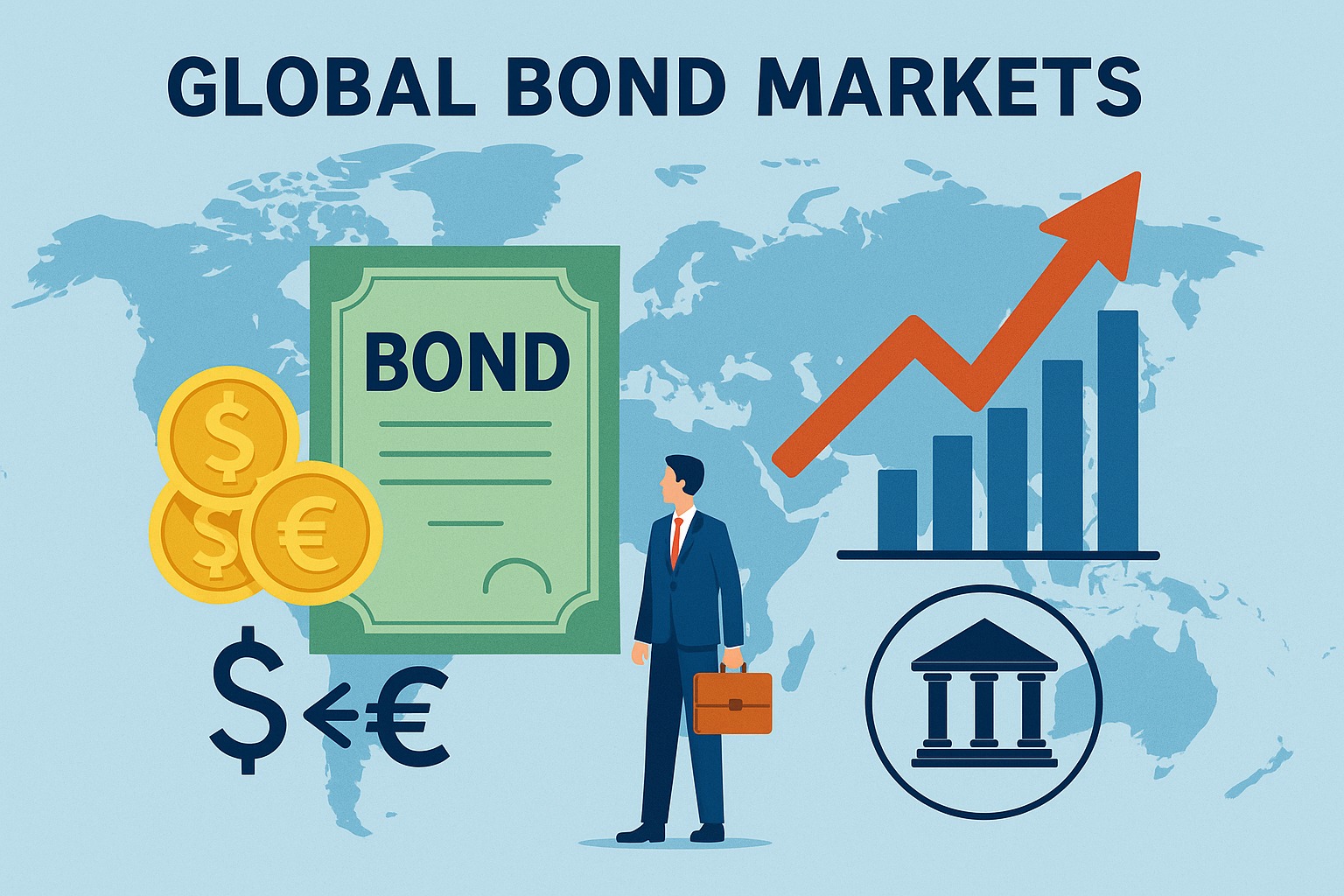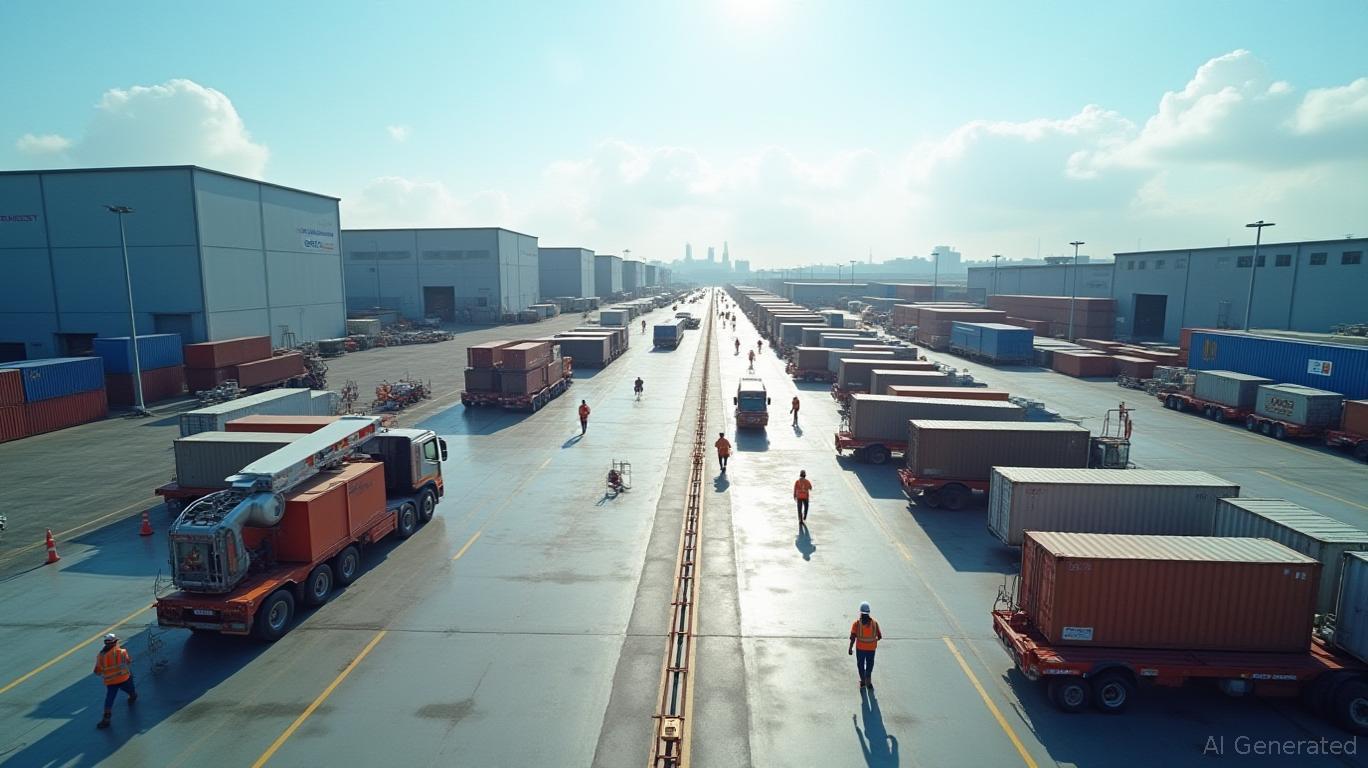Crypto Traders Learn Technical Analysis for Better Market Predictions
Crypto trading can be an exciting yet unpredictable experience, and understanding market movements can feel like solving a complicated puzzle. For beginners, one of the most powerful tools to approach these fluctuations is technical analysis. This guide will walk through the basics of technical analysis, explaining how to read crypto charts, interpret key indicators, and predict market movements to improve trading decisions. By the end, you’ll have a firm foundation to start applying these techniques to your own trading strategies.
Technical analysis involves studying past market data, primarily price and volume, to predict future price movements. Unlike fundamental analysis, which looks at the underlying value of a cryptocurrency, technical analysis focuses on charts, patterns, and indicators. For crypto traders, technical analysis is key to identifying trends, understanding market sentiment, and making data-driven decisions. Given the volatility of cryptocurrencies, this approach helps you react quickly to market shifts and avoid costly mistakes. While technical analysis is important, staying informed about market trends and news is equally crucial. Many traders find that subscribing to the best crypto newsletter can be a helpful way to keep up with market analysis, trade insights, and potential events that may influence prices.
Within crypto trading, a few key indicators provide valuable insights into the market. These indicators, when used together, help traders identify entry and exit points for their trades. Some of the most important technical indicators include moving averages, which smooth out price data over a set period to identify trends. The two most common types are the Simple Moving Average (SMA) and the Exponential Moving Average (EMA). Traders often watch for crossovers between short-term and long-term moving averages as signals to buy or sell. The Relative Strength Index (RSI) measures the magnitude of recent price changes to evaluate overbought or oversold conditions. It ranges from 0 to 100, with readings above 70 indicating overbought conditions and readings below 30 indicating oversold conditions. Bollinger Bands consist of a middle band (the moving average) and two outer bands that represent volatility. When the price moves towards the upper band, it may indicate that the asset is overbought, while approaching the lower band may signal that the asset is oversold.
Reading crypto charts is important for applying technical analysis effectively. The most common type of chart you’ll encounter is the candlestick chart. Each candlestick represents a specific time period (such as 1 hour or 1 day) and shows the opening, closing, high, and low prices within that time frame. By observing the size and color of the candlesticks, you can gain insight into market momentum. Patterns that form on these charts are key to predicting upcoming price movements. One of the most notable reversal patterns is the “Head and Shoulders,” which can indicate the end of a trend. When this pattern forms, it suggests that an asset’s price is about to change direction. Similarly, “Double Top” and “Double Bottom” are reversal patterns that signal the end of a bullish or bearish trend. A double top typically forms after an uptrend, while a double bottom appears after a downtrend.
The goal of technical analysis is to predict where the market is headed, and while it’s not foolproof, it can certainly increase the likelihood of making profitable trades. By identifying trends, patterns, and key levels of support and resistance, traders can anticipate price movements and adjust their strategies accordingly. For example, if a cryptocurrency is approaching a major resistance level (a price point where the asset has historically struggled to break through), technical analysis may suggest that the price will likely reverse once again. Conversely, if an asset is nearing a strong support level (a price point where it has consistently bounced back from), traders might predict a potential price rebound. However, it’s important to remember that while technical analysis offers valuable insights, it’s not a guarantee. Market conditions can change unexpectedly, and external factors like news or regulatory changes can have a significant impact on crypto prices.
Mastering technical analysis is a process, and it’s important to approach it with patience and practice. It’s also essential to combine technical analysis with other trading strategies, such as risk management and fundamental analysis. By doing so, you can build a more robust and balanced approach to crypto trading. Whether you’re using moving averages to identify trends, reading candlestick patterns, or staying updated with the latest news and analysis, technical analysis can help guide your trading decisions. Keep learning, experimenting, and refining your strategies to improve your chances of success in crypto trading.



_5f1303b21749128462012.jpg)




















